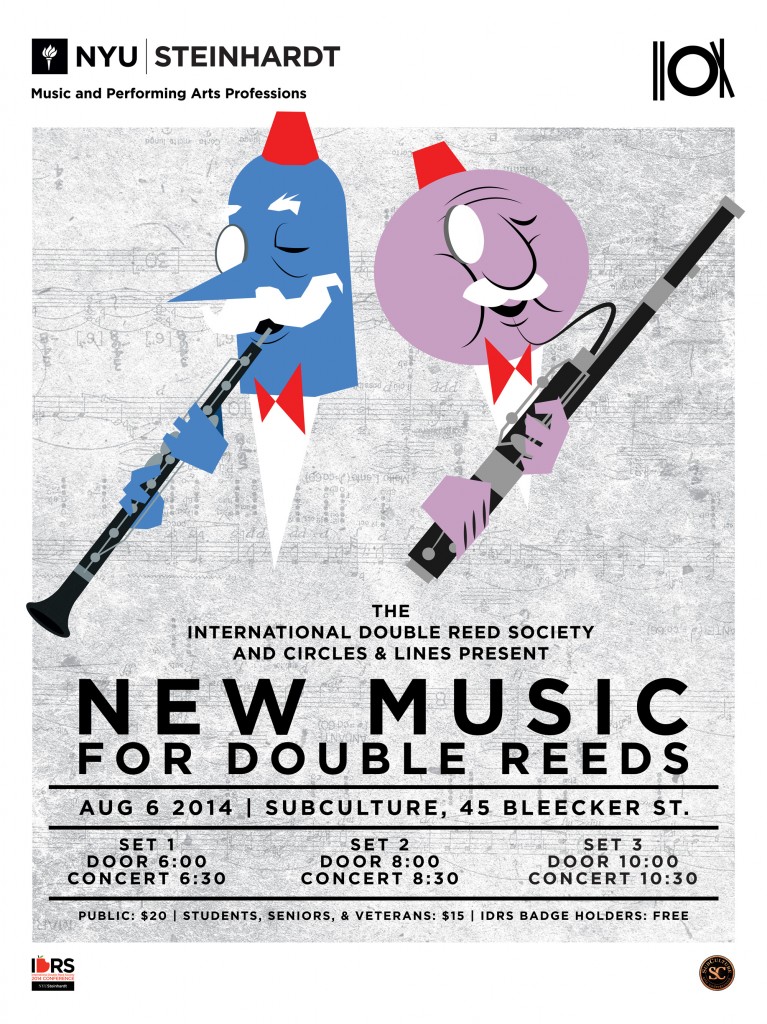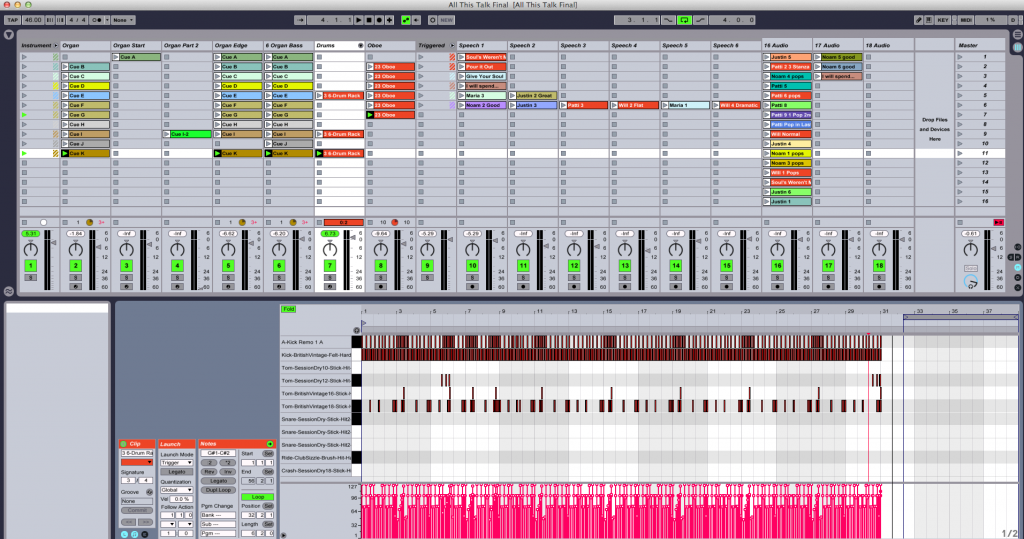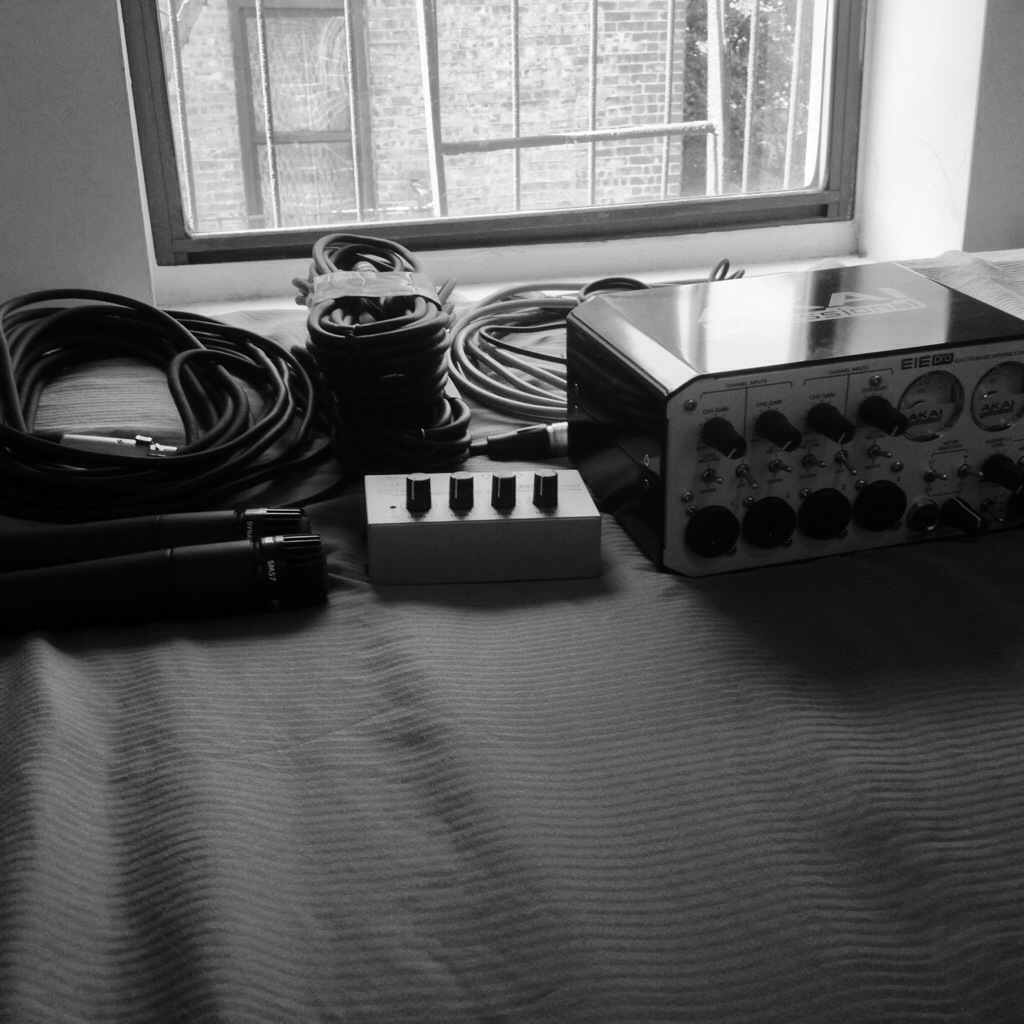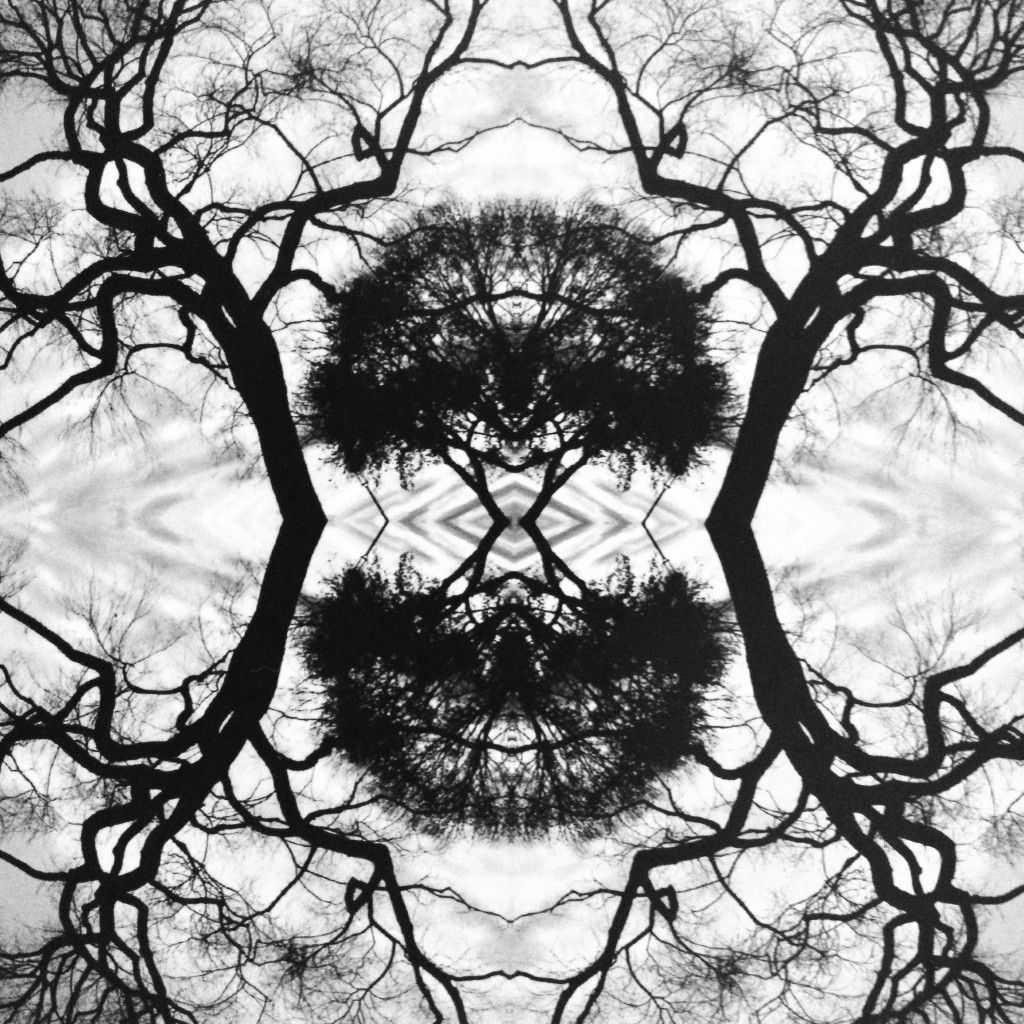Category: Latest Blog Posts
B)
I’m really looking forward to working on the piece and ultimately the public component to this residency!
Announcing Our 2014-15 EtM Con Edison Composers-in-Residence
We are thrilled to announce the 2014-15 EtM Con Edison Resident Composers. Each composer will receive three months of residency space in a cultural facility in his/her borough of residence in addition to a $1250 stipend. The composer and host facility will also collaborate on presenting a public program for the community as the culmination of the residency.
Presenting the 2014-15 awardees and their host facilities:
Manhattan
Richard Carrick
Juan Pablo Contreras
Turtle Bay Music School
Eric Lemmon
Bloomingdale School of Music
Ian Ng
The Filomen M. D’Agostino Greenberg Music School
at Lighthouse Guild International
Brooklyn
Mary Kouyoumdjian
Matt McBane
Brooklyn Youth Chorus AcademyQueens
Kento Iwasaki
Nina Siniakova
Flushing Town Hall
The International Double Reed Society and Circles and Lines Present New Music for Double Reeds
Composer collective Circles and Lines teams up with the International Double Reed Society for an evening of music featuring virtuosi of the double reed world. C + L celebrates five years of concerts with commissions for The New York Philharmonic’s Rob Botti, ICE’s Rebekah Heller, contemporary star soloist Jacqueline LeClaire, Ensemble ACJW’s Brad Balliet, Alarm Will Sound’s Gina Cuffari and Christa Robinson, and Talea’s Adrian Morejon at SubCulture New Music Venue and underground bar. The program features five world premieres of pieces by C + L composers Angélica Negrón, Conrad Winslow, Noam Faingold, Dylan Glatthorn and Eric Lemmon, fifteen minute-long world premieres written for Robert Botti, as well as works by Marcos Balter, Edgar Guzman, and Ernst Krenek. The evening will present two sets of the composers’ pieces, plus a third, late ‘open’ set featuring improvisations, works for electronics and other works programmed by the performers.
SubCulture 45 Bleecker St. – Downstairs.
Wednesday August 6th, 2014
Set I (Door at 6:00, Concert at 6:30):
Sonatina by Ernst Krenek
All This Talk of Saving Souls by Eric Lemmon
Fifteen Minutes of Fame for Vox Novus
Breaking the Surface by Noam Faingold
Unearth by Dylan Glatthorn
Tone Riddles by Conrad Winslow
Stereogram by Angélica Negrón
Set II (Door at 8:00, Concert at 8:30):
∞¿? by Edgar Guzman
All This Talk of Saving Souls by Eric Lemmon
and also a fountain… by Marcos Balter
Tone Riddles by Conrad Winslow
Three Caprices by Brad Balliet
Unearth by Dylan Glatthorn
Breaking the Surface By Noam Faingold
Stereogram by Angélica Negrón
Set III (Door at 10:00, Concert at 10:30):
Following by Dai Fujikura for solo bassoon (world premiere)
Qualia II by Marcelo Toledo for bassoon and tape
On speaking a hundred names by Nathan Davis for bassoon and live processing
Press Release by David Lang
New Work by Sunny Knable for bassoon/voice
Three Caprices (solo bassoon) – written and performed by Brad Balliett
Matt Sullivan/Paul McCandless – oboe improv
Following by Dai Fujikura for solo Bassoon
I Should Refer My Older/Adult Students to This Article When We’re Working on Bow Technique!
The conditions for minimum and maximum bow force can tell us something interesting about the difficulty of playing the violin. When a simple analysis is done of these two conditions, it turns out that they both depend, among other things, on the position of the bow on the string. Suppose the length of the string is
, and that the bow is applied a distance
from the bridge, where
is usually a rather small number for normal violin playing. Then it can be shown that the maximum bow force is proportional to
, while the minimum bow force is proportional to
. These two conditions can be combined in a graphical form first suggested by John Schelleng in the 1960s. It is most convenient to plot the bow force
and the bow position
on logarithmic scales, so that the two power-law relations become straight lines. The diagram then looks schematically like this:
Drum Samples n’ Triggers
IDRS 2014 Equipment
Slides from University of Miami Lecture on Being A Young Composer
Me Performing Bruch’s Romanze for Viola and Orchestra
Thy Blog Lay Fallow Round 2
Doing doctoral auditions. Should have a post of shameless personal promotion once I receive recordings of my performance of the Bruch Romanze with The Chelsea Symphony
Album Review Go: Organic Orchestra, Sonic Mandala
Jazz musician, composer and conductor Adam Rudolph’s latest album is a widely varied work that does justice to its own title. Sonic Mandala takes listeners on a journey ranging from free jazz, to north Indian tabla music, using instruments from many different styles and cultures. In a general sense, the most impressive aspect of the whole album is how Mr. Rudolph uses instruments that are not ‘of’ a style or genre of music, to create the pastiche that has been melded together from instruments at hand. By doing this, he creates a sound world that reflects instrumentation and players that he does not have.
The album itself jumps between sections that are alternately almost entirely composed jazz or world music pieces, to more openly improvised tracks that situate themselves nicely over a structured rhythmic section, to parts that sound almost like free jazz.
On my first listen through of the album, I found that the work’s focus on returning to the music of the first track was interesting, but structurally predictable. Initially, I questioned the choice entirely on the aesthetics of the return, as I felt that in the return to the primary material, a more apparent change should have occurred. But as I worked through the thick of the middle sections on re-listens, I found that the return was satisfying, and after reading the liner notes to the album and other descriptions about the work by Mr. Rudolph, the structure also made conceptual sense.
From the composer himself:
“The idea of a sonic mandala came to me because of the circularity I heard, felt and understood in many music cultures. As pattern-based music orbits around and around it becomes a call. It’s a call to center into the collective state of the moment…”
“Contemplation of a mandala returns us from the illusion of individual existence into a way of living in resonance with the wholeness of nature. In music we can call this practice Sonic Mandala. In it we generate ostinatos of circularity that play in a synchronized sound weaving of space and motion…”
The aesthetic stasis of these two outer movements (and the extended, three track, central movement, Part VII) were what I found to be the most fascinating. The textural, sonic, color tracks that make up the body of the rest of album remind me more of the space-time music of indeterminate or totally serial composers, where moments in music act as objects to be considered and then related.
With these outer movements and Part VII, Mr. Rudolph got in touch with his rhetorical side, where a line develops, and the fantastic rhythmic section takes us along on a journey that our ears can sit in with relaxed pleasure.

























